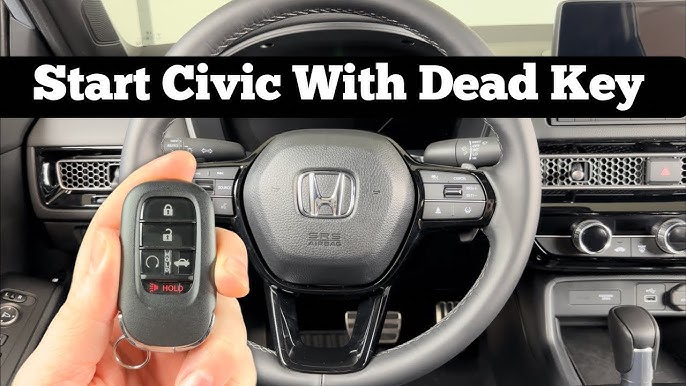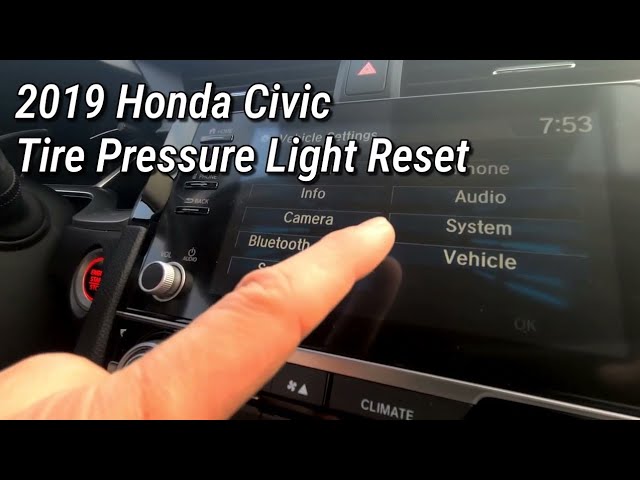As an Amazon Associate, I earn from qualifying purchases
Have you ever noticed a little wrench icon lighting up on your car’s dashboard and wondered, “What does this wrench light mean?” That tiny symbol can cause a big spike in your heart rate, especially if you’re not sure what it’s warning you about. Ignoring it isn’t an option—it’s your car’s way of telling you something needs attention.
Keep reading, and you’ll discover exactly what this light means, why it matters to your safety and your wallet, and what simple steps you can take to avoid costly repairs. Don’t let a small warning turn into a big problem.

Credit: branchautomotive.com
Wrench Light Basics
The wrench light is a small but important signal on your car’s dashboard. It alerts you to maintenance or mechanical issues. Understanding this light helps keep your car in good shape. You avoid bigger problems and costly repairs by paying attention early.
This section explains the basic meaning of the wrench light. It covers where you will see it and which cars use it most often. Learning this helps you respond quickly and correctly.
Symbol And Location
The wrench light looks like a small wrench or spanner. It usually appears in the dashboard’s warning light area. This spot is easy to see while driving. The light may glow yellow, orange, or red. Each color shows a different level of urgency. A steady light often means scheduled maintenance. A blinking or red light signals a more serious issue.
Common Car Models
Many car brands use the wrench light. Honda and Toyota show it for service reminders. Ford and Chevrolet use it for engine and transmission checks. BMW and Mercedes-Benz include it for advanced maintenance alerts. Even smaller brands like Subaru and Kia use this symbol. The exact meaning can vary slightly by brand. The light always means your car needs attention soon.
Reasons For Wrench Light Activation
The wrench light on your dashboard signals the car needs attention. It does not always mean a serious problem. This light can turn on for several reasons. Knowing these reasons helps you act quickly and keep your car safe.
Scheduled Maintenance Reminder
The wrench light often shows when it is time for regular car care. This includes oil changes, filter replacements, and inspections. The light reminds you to maintain your car on time. Following the schedule keeps the engine healthy and avoids costly repairs.
Mechanical Issues
The wrench light can warn about mechanical faults. These include problems with the transmission, brakes, or engine parts. A loose belt or low fluid level may trigger the light. It means your car needs a checkup to fix these issues.
Electrical System Alerts
The wrench light may also point to electrical problems. Faulty sensors, battery issues, or wiring faults can cause the light to turn on. Electrical alerts can affect car performance and safety. A quick diagnosis can prevent bigger trouble later.
How To Respond When It Lights Up
The wrench light on your dashboard signals a maintenance or mechanical issue. Knowing how to respond can prevent further damage and keep you safe on the road. Act quickly but calmly. Your next steps matter.
Immediate Actions
Stop your car safely as soon as possible. Turn off the engine and wait a moment. Restart the car to see if the light stays on. Avoid heavy driving until you understand the problem. Check for any unusual sounds or smells.
Checking Vehicle Manual
Locate your vehicle manual. Find the section about dashboard warning lights. The manual explains what the wrench light means for your car model. Follow any specific instructions given. It may guide you on simple fixes or precautions.
When To Visit A Mechanic
Visit a mechanic if the wrench light remains on after restarting. Seek help if you notice poor engine performance or strange noises. Do not ignore the light for many days. Early repair saves money and prevents bigger problems.

Credit: www.akinsford.com
Preventing Wrench Light Warnings
The wrench light on your dashboard signals a problem with your car’s system. Preventing this warning saves time, money, and stress. Regular care and quick checks keep your vehicle running smoothly and avoid surprises. It helps keep the wrench light off and your car safe on the road.
Regular Maintenance Tips
Check your oil level and change it as recommended. Clean or replace air filters often. Keep tire pressure at the right level. Inspect brakes regularly for wear and tear. Follow the service schedule in your car’s manual. Small tasks stop big problems before they start.
Using Diagnostic Tools
Use an OBD-II scanner to read error codes. These tools show what triggers the wrench light. Easy to use and affordable, they help spot issues fast. Clear the codes after fixing problems to reset the light. Regular scans catch hidden faults early. This keeps your car healthy and the wrench light off.
Differences Between Wrench Light And Other Warnings
The wrench light on your dashboard signals car service or maintenance needs. It differs from other warning lights that alert you to specific problems. Understanding these differences helps you react correctly and keep your vehicle safe.
Each dashboard symbol has a unique meaning. Knowing which light means what can save time and money. It also prevents unnecessary worry or ignoring serious issues.
Check Engine Light Vs. Wrench Light
The check engine light warns about engine or emission system problems. It can indicate anything from a loose gas cap to engine trouble. This light often requires a diagnostic scan to find the exact issue.
The wrench light mainly signals scheduled maintenance or service reminders. It may also indicate minor faults related to the vehicle’s systems. Unlike the check engine light, it does not usually mean an emergency.
Both lights need attention, but the check engine light may require faster action. The wrench light generally allows time to book a service appointment.
Other Important Dashboard Symbols
Many symbols appear on dashboards to warn about safety and vehicle health. The battery light shows issues with the charging system. The oil pressure light warns of low oil or pressure problems.
The brake warning light alerts to brake system faults or low brake fluid. Tire pressure monitoring systems signal when tire pressure is too low. Each symbol guides you to specific checks or repairs.
Understanding these symbols ensures you respond properly to keep driving safely.

Credit: www.reddit.com
Frequently Asked Questions
What Does The Wrench Light On My Dashboard Mean?
The wrench light signals a maintenance issue or a service reminder from your car’s system.
Is The Wrench Light A Sign Of A Serious Problem?
Not always. It often means scheduled maintenance is due, but sometimes it shows a minor fault.
Can I Keep Driving With The Wrench Light On?
You can drive carefully, but it’s best to check your car soon to avoid bigger issues.
How Do I Reset The Wrench Light After Maintenance?
Usually, a mechanic resets it with a scan tool, or you can follow your car’s manual steps.
What Common Issues Cause The Wrench Light To Appear?
Low oil, engine problems, or sensor faults often trigger the wrench light on your dashboard.
Does The Wrench Light Mean The Same For All Car Brands?
Mostly yes, it means service or repair, but exact reasons can vary by car make and model.
Conclusion
The wrench light signals your car needs attention soon. It helps prevent bigger problems if you act early. Check your owner’s manual to know what it means for your car. Visit a mechanic to keep your vehicle safe and working well.
Ignoring the light can cause costly repairs later. Stay alert and maintain your car regularly for smooth driving. Remember, the wrench light is a helpful reminder, not a reason to panic. Take small steps to care for your car every day.
As an Amazon Associate, I earn from qualifying purchases


